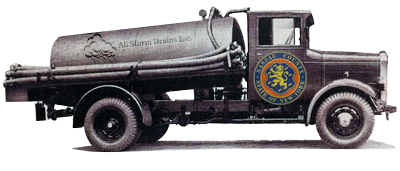Storm Drain Professional Services | Suffolk County, North Shore, Long Island, NY

All Storm Drains Inc. | Storm Drain Professional Services STORM DRAIN REPAIR The Best STORM DRAIN REPAIR Company in The North Shore, Long Island, NY Email: George@AllStormDrai ns.com Phone: 516.825.1010 Fax: 631.475.2898 STORM DRAIN SERVICES SUFFOLK COUNTY LONG ISLAND | ALL STORM DRAINS INC. Suffolk County has had its share of storms. Storm Drains on the North shore of Long Island receive water from street gutters on most motorways, freeways, and other busy state parkways. Storm Drains in Suffolk County, Long Island also receive water from local towns in areas with heavy rainfall that leads to flooding, and coastal areas of Suffolk County, Long Island, NY with regular storms like Montauk, The Hamptons, and Port Washington to name a few. Even gutters from houses and buildings can connect to the storm drain. Many storm drainage systems in Suffolk County are gravity sewers that drain untreated storm water into rivers or streams. Due to En...


